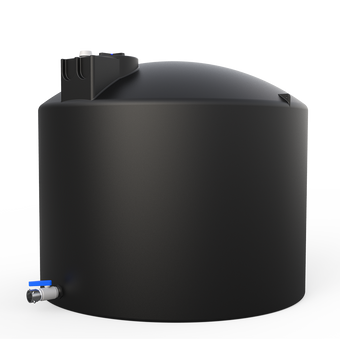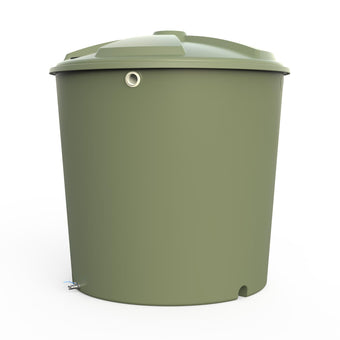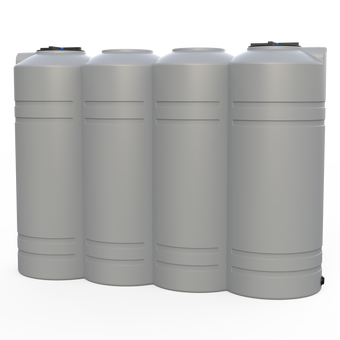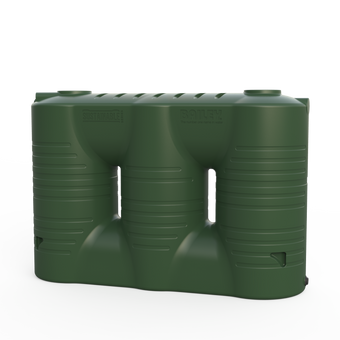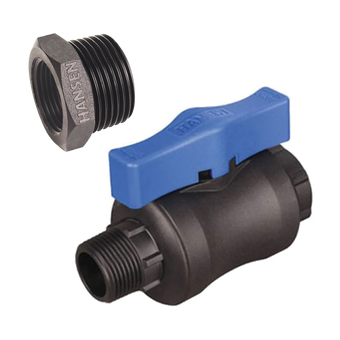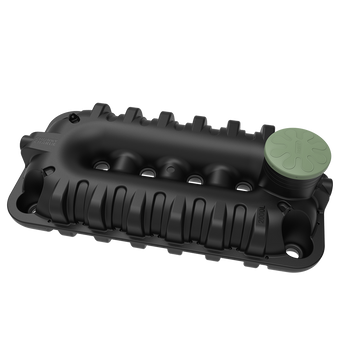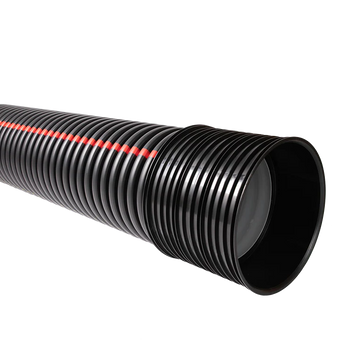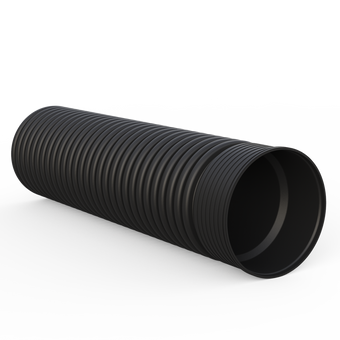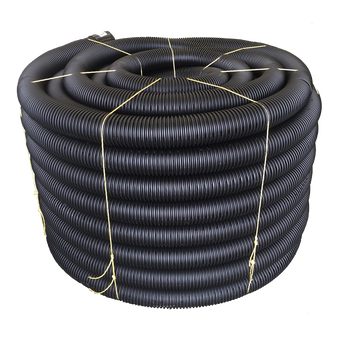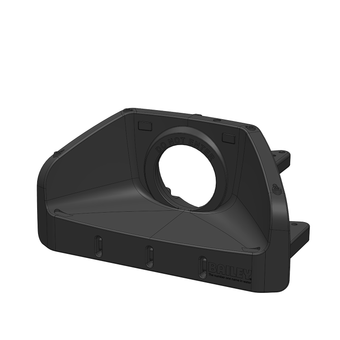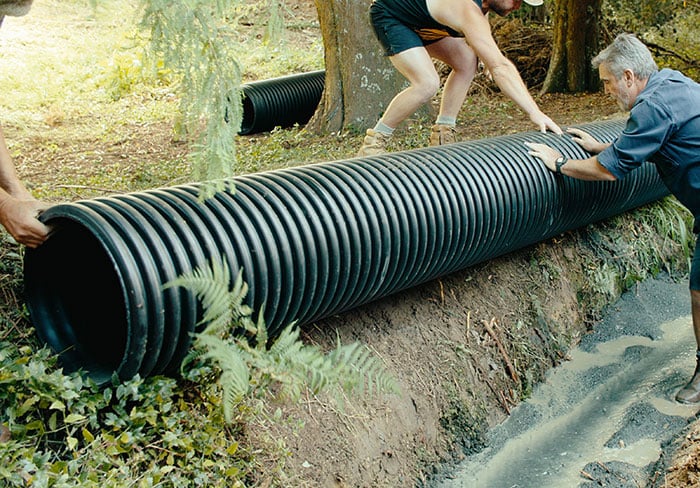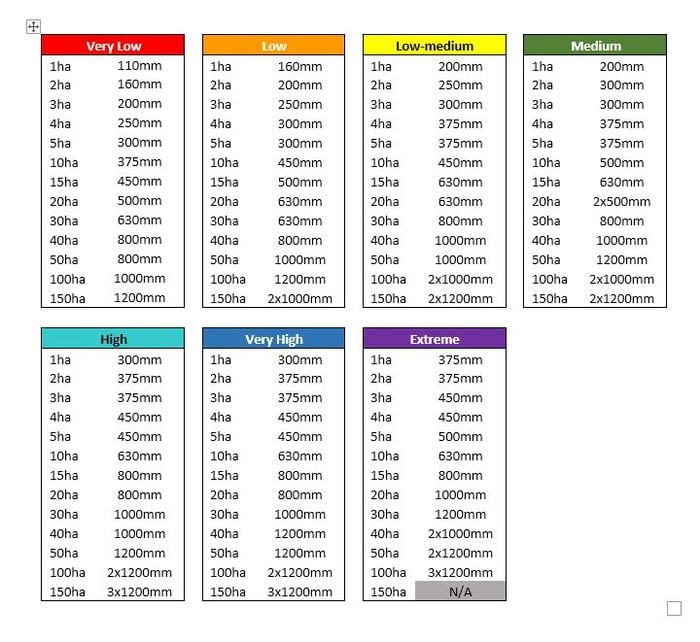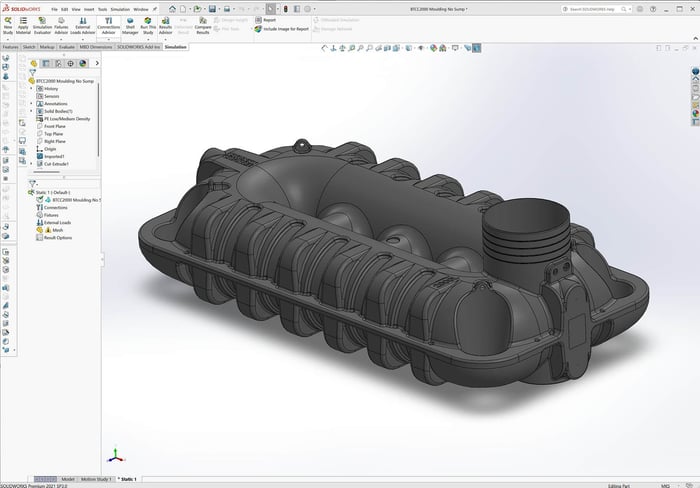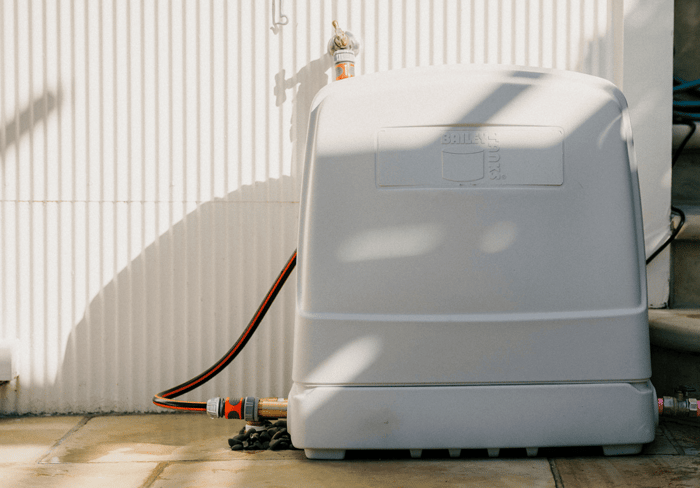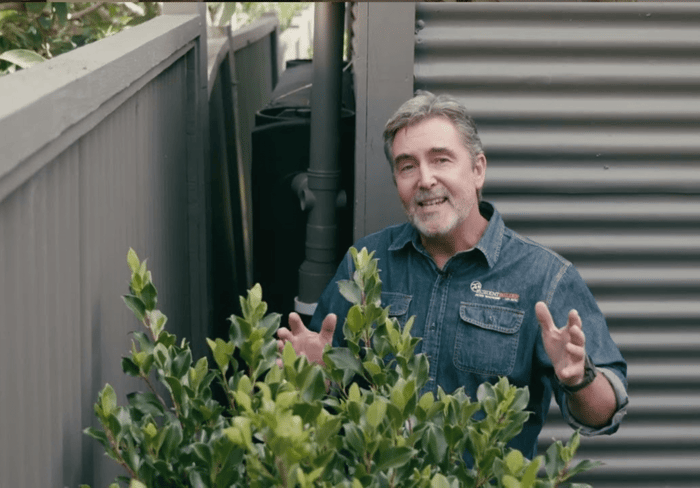Installing a new culvert isn’t just a matter of digging a trench and dropping in a pipe. Get it wrong and you risk washouts, blocked stock tracks, or upstream flooding that can damage pasture and infrastructure. The good news is that sizing a culvert can be straightforward when you combine local observations with a few industry-accepted checks.
Before sharpening your pencil, take a walk along the stream or drain you plan to cross. Are there existing culverts upstream or downstream that consistently cope with local storms? If neighbouring structures handle heavy rain without overtopping or backing up, they provide a valuable reality check on any calculations you do.
The core of any culvert design is the size of the catchment feeding water to your crossing. Begin by marking the culvert location on a topographic map or in a GIS app, then trace the boundary of the land that drains to that point and measure the total area in hectares.
Next, identify your rainfall zone using resources such as the Ministry for the Environment’s Culvert Guidelines map.

Then, use the culvert sizing table for your specific rainfall zone to match your catchment area with the recommended pipe diameter.
Once you know your culvert size, check any regional or national requirements before you buy pipe. Most rural councils require culverts to pass at least the 1-in-10 or 1-in-20-year storm without overtopping. Minimum soil cover, typically around 300-600 mm, protects the pipe from vehicle loads. In many areas you may also need a resource consent or permit if the work affects a natural waterway or fish passage. Smooth inverts, embedded installation, or baffles might be mandatory to let native species move upstream.
Sediment, debris, and future land-use changes can all increase flow. Many designers add 15-20 percent to the calculated diameter or simply choose the next pipe size up. This extra capacity is a low-cost insurance policy when the next big storm hits.
Even the best-sized culvert needs regular checks. Keep inlets clear of weeds and driftwood and inspect the crossing after major storms. A little maintenance goes a long way to keeping water moving and protecting your investment.
By beginning with local knowledge, confirming your figures with catchment and rainfall data, and considering the relevant standards and future conditions, you can install a culvert that stands up to heavy weather and years of farm traffic. For a step-by-step demonstration, watch a video on Bailey Tanks Bazooka Culvert installation here.
